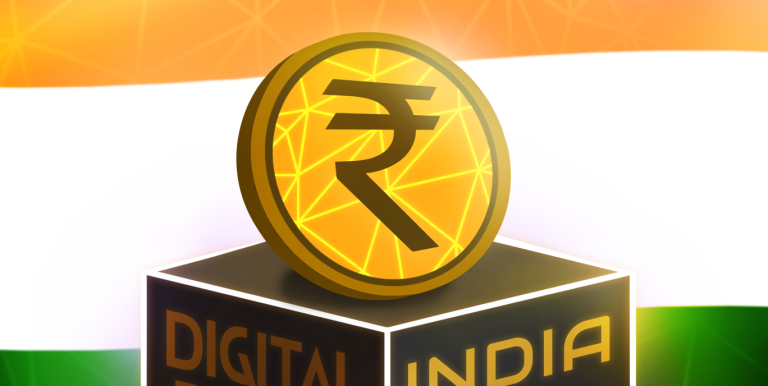In October 2021, an offer made by the RBI to the government paved the way for India to become one of the largest economies in the world through the use of CBDC (Central Bank Digital Currency). The Central Bank has recommended an amendment to the RBI Act, 1934 to include electronic money in the definition of “bank note”. The CBDC implementation process is underway, planned to occur in phases without major disruptions, according to Pankaj Chaudhary, Minister of State at the Treasury Department.
The arrival of the official “digital rupee” in 2023 raises questions about the need for monetary alternatives in India. The government, observing the exponential growth in the cryptocurrency market, has introduced regulatory measures, including a new tax section, 115BBH, which applies to profits from the transfer of Virtual Digital Assets (VDAs). Although VDAs as cryptocurrencies are not recognized as official currencies, regulation points to possible future legitimization.
Rising adoption of digital payments, especially for micro, small and medium enterprises (MSMEs), is a notable trend in India, driving the need for a legal digital alternative. Furthermore, the growing acceptance of private VDAs poses financial risks and economic instability due to the lack of a reliable issuer.
The impact of CBDC on the Indian economy is a topic of debate. On the one hand, it can help reduce the informal economy and the costs associated with fiat money. However, it faces challenges in terms of inclusion of rural populations, vulnerability to cyber threats and high implementation costs.
The RBI should conduct an in-depth analysis on the impact of CBDC on the less digitally informed population and ensure sound regulations and robust cybersecurity to minimize disruptions and economic shocks during the transition to the “Digital Rupee”.









